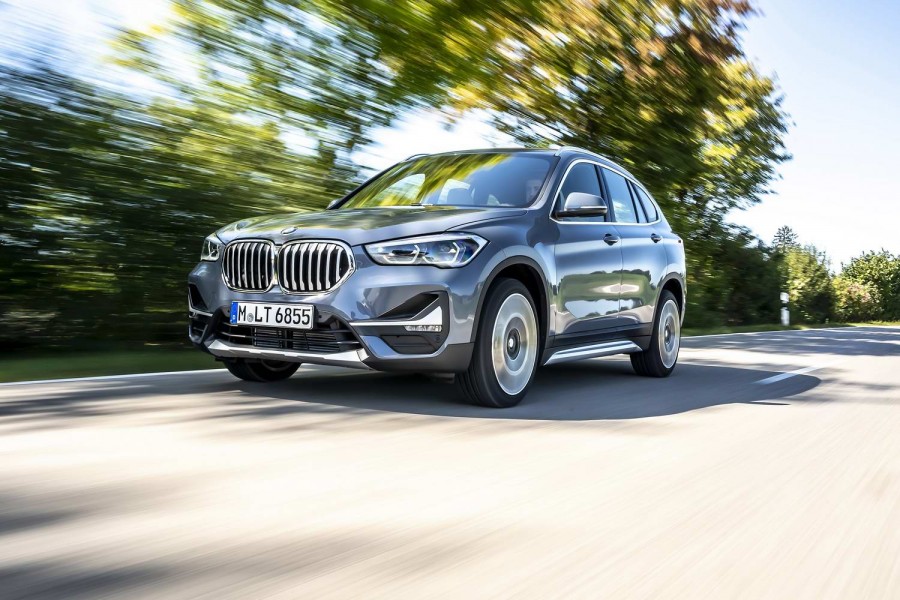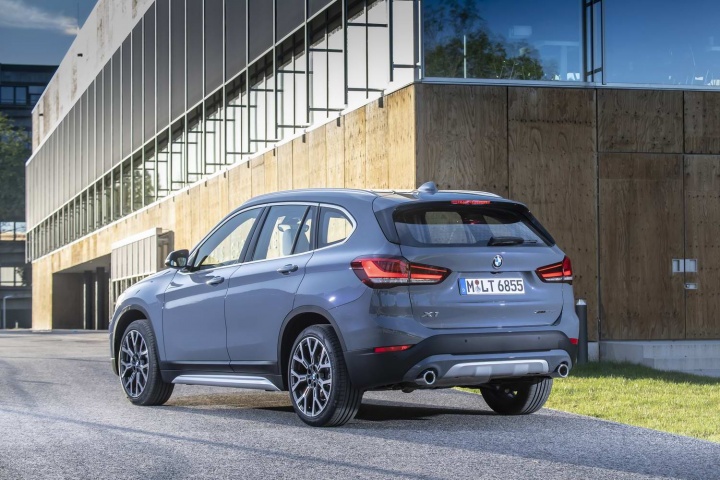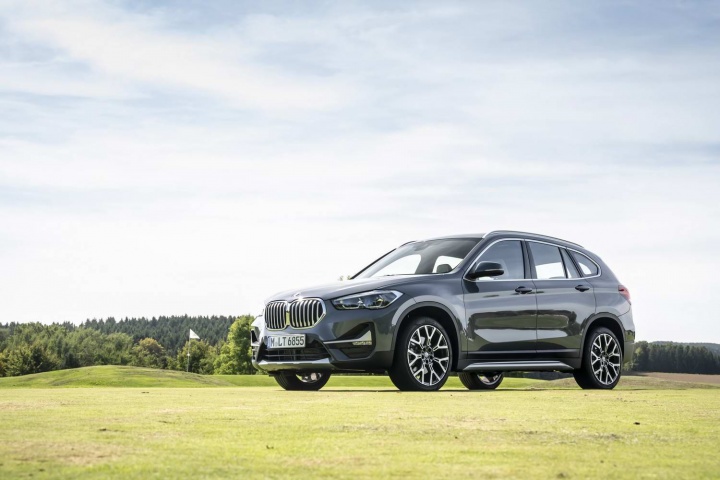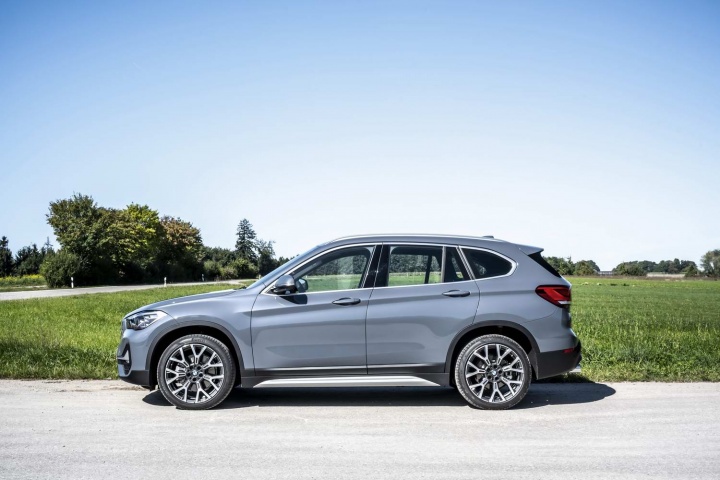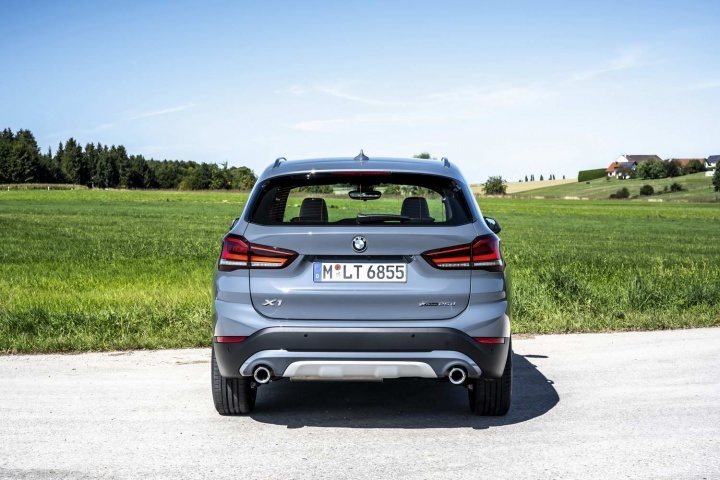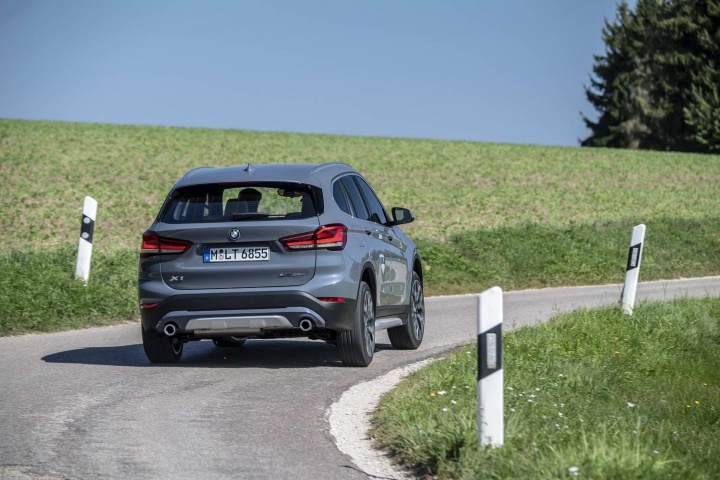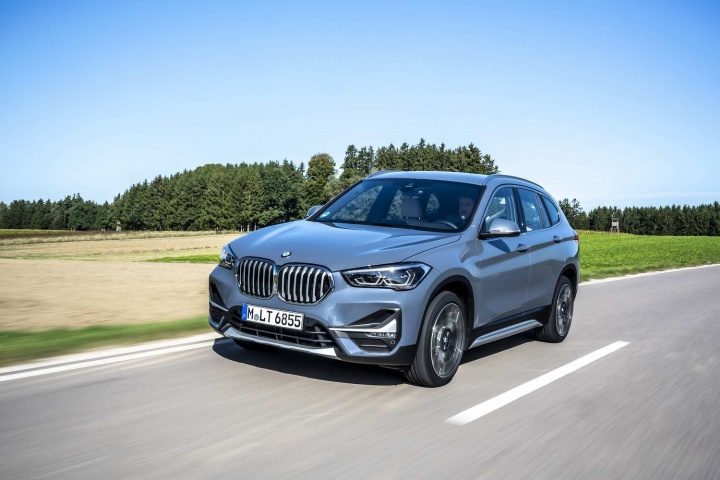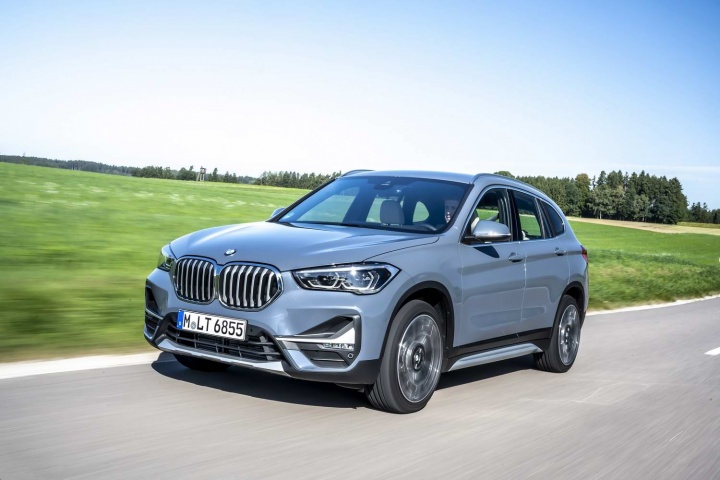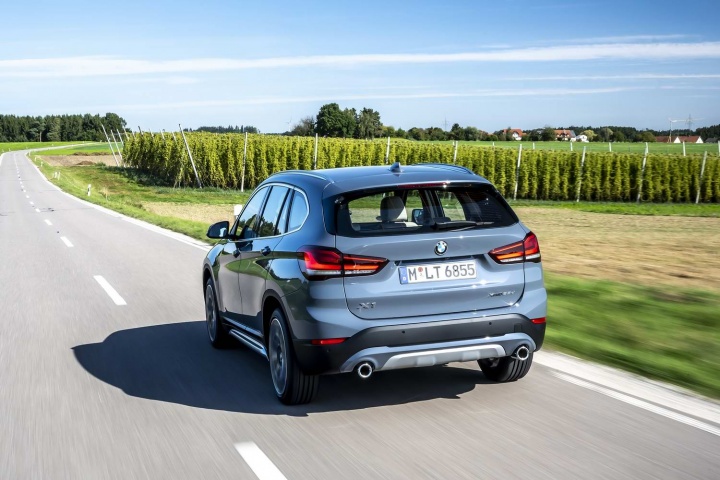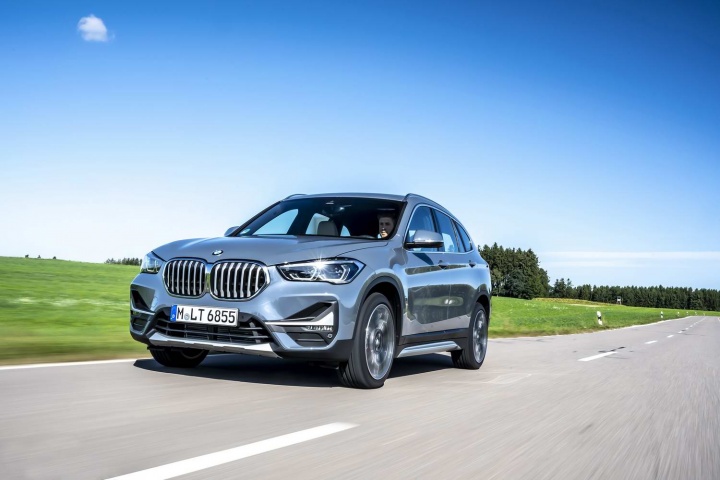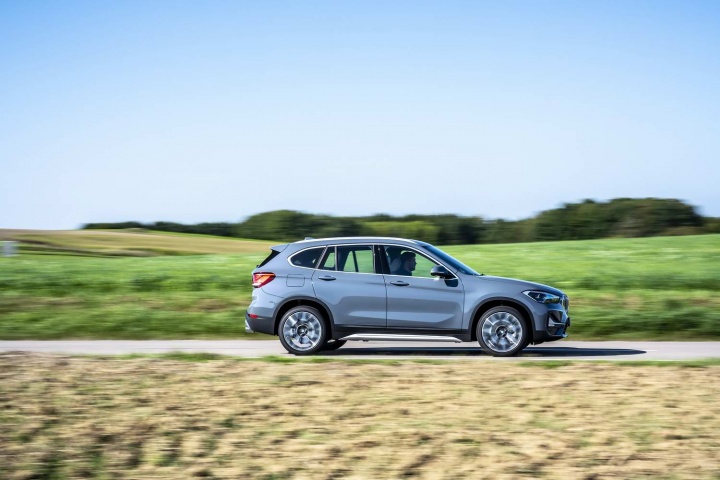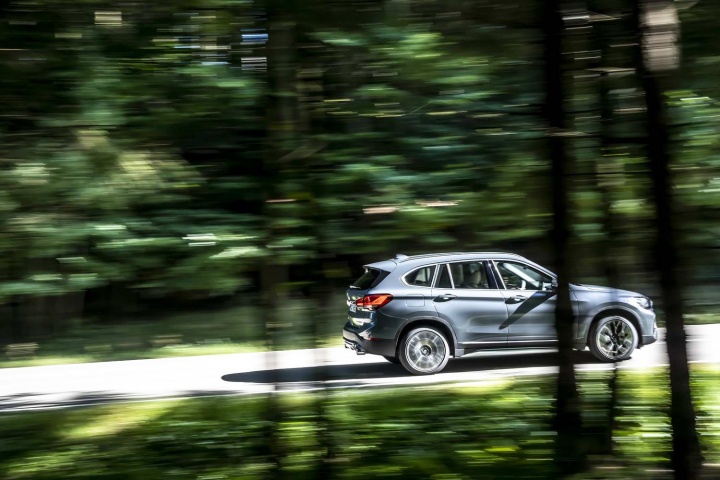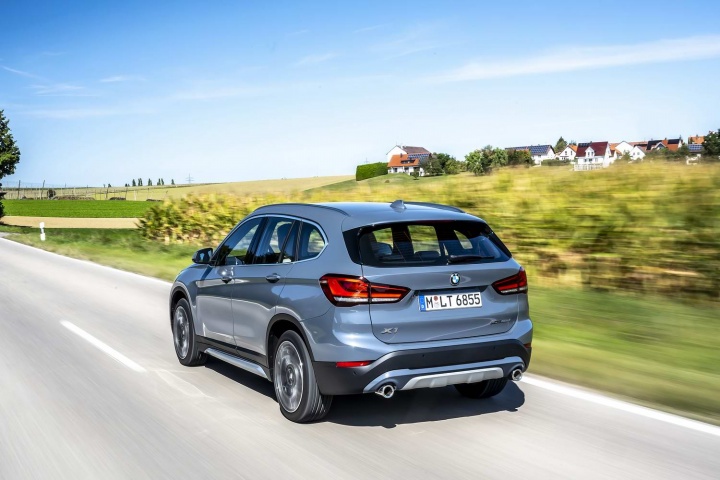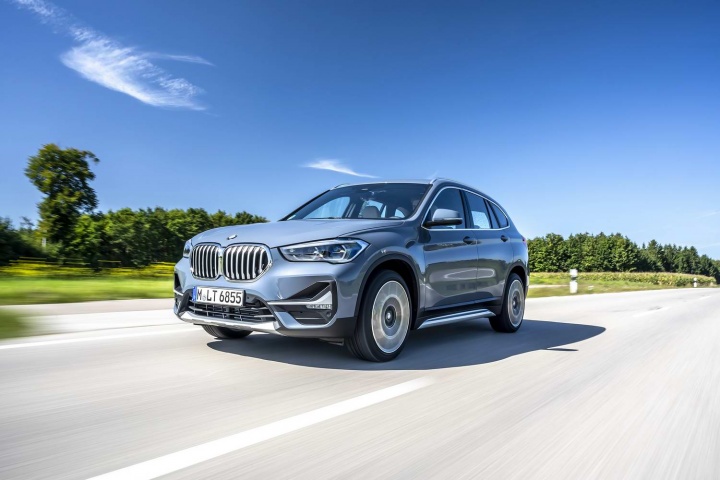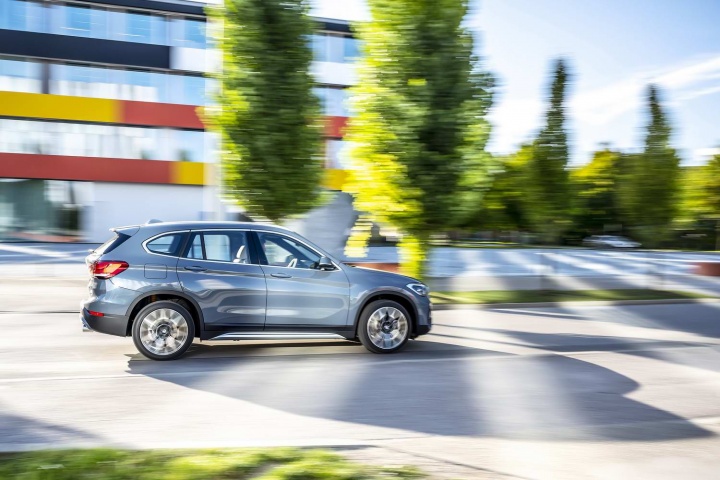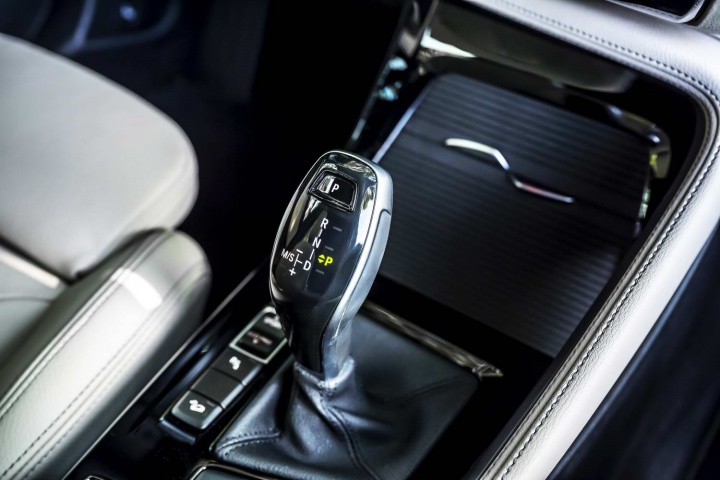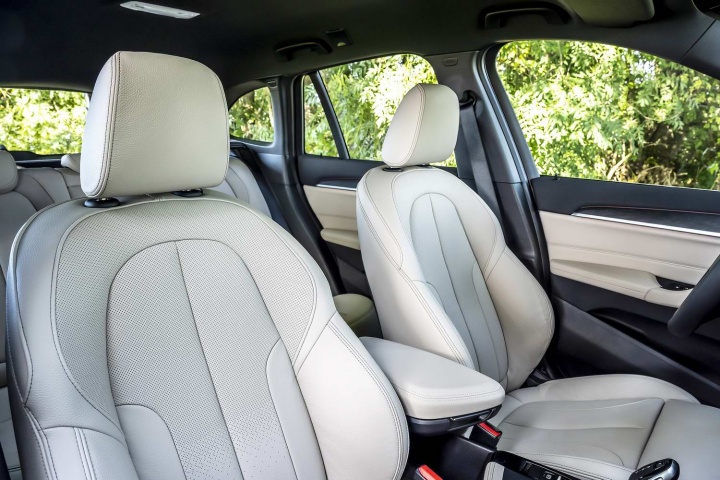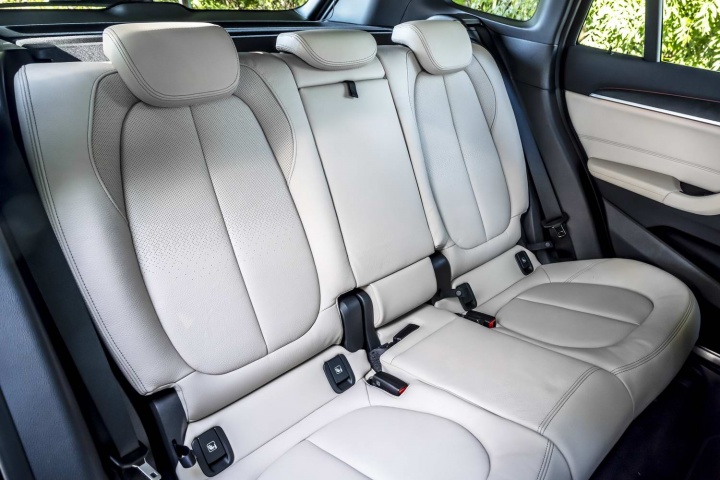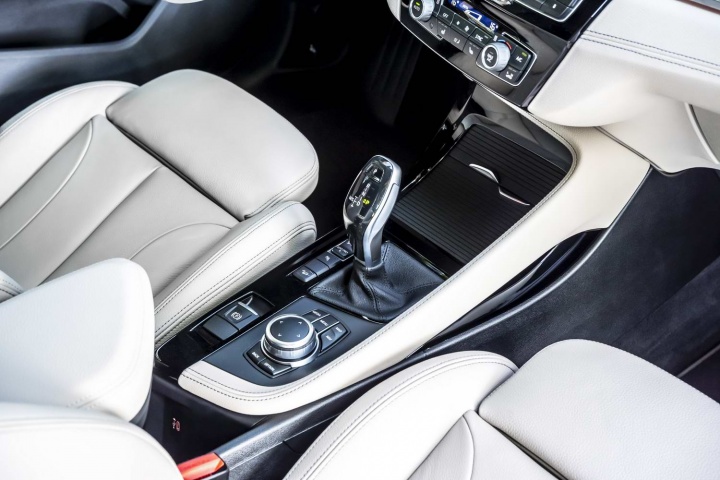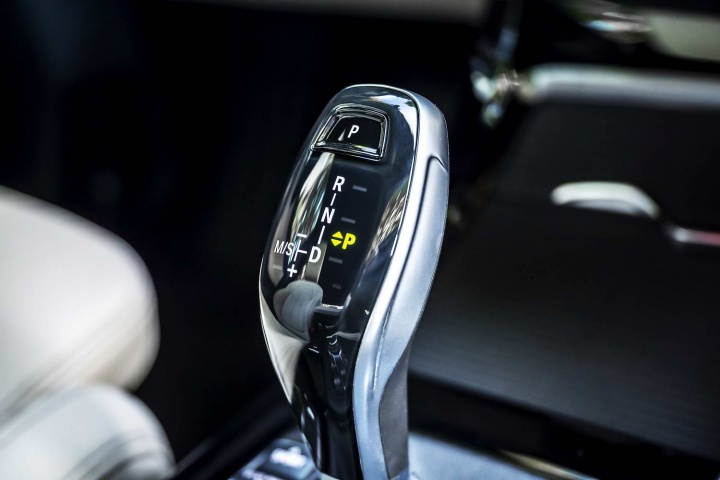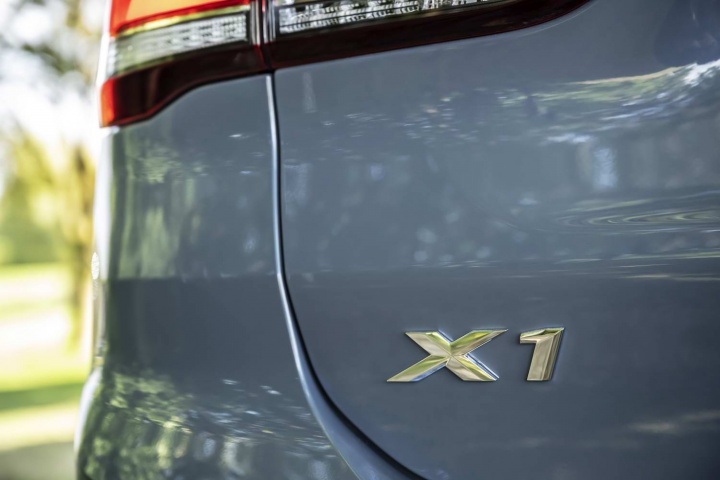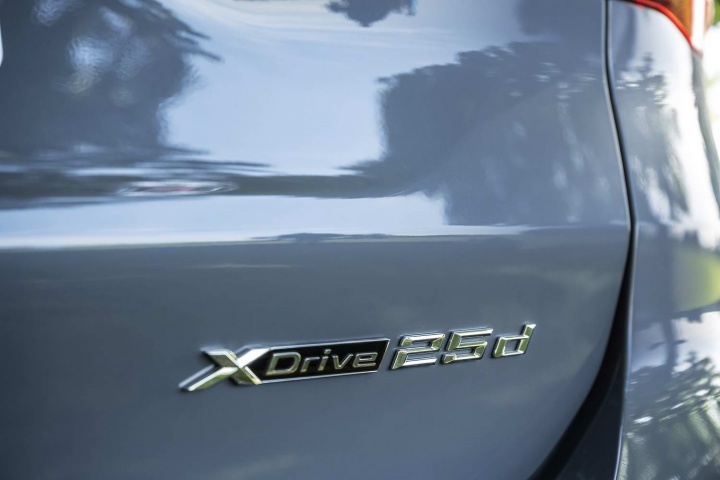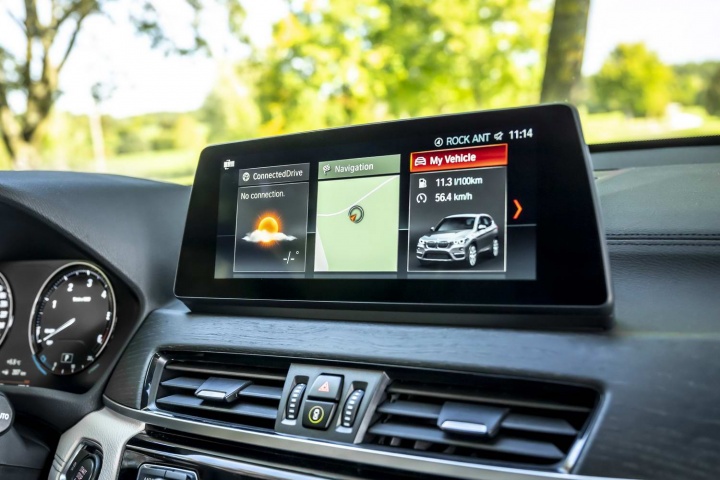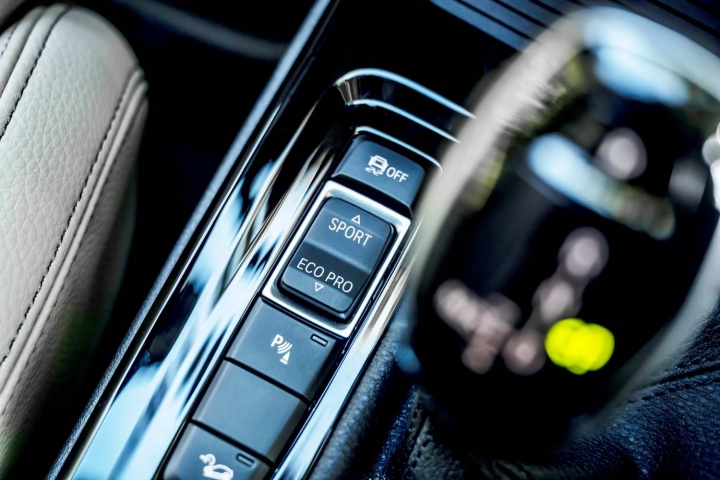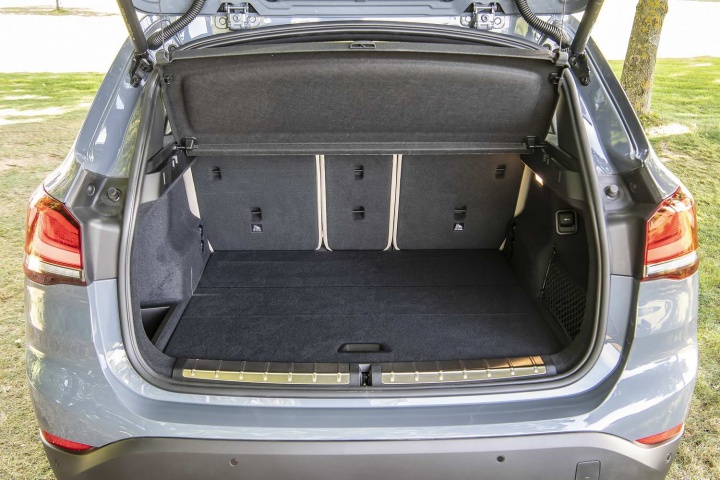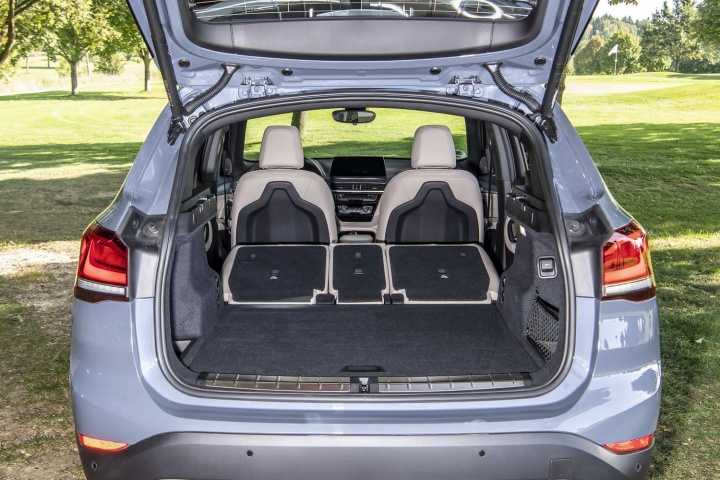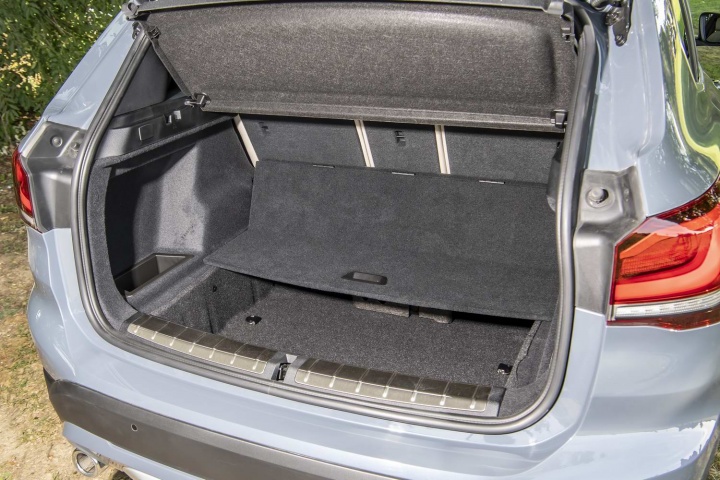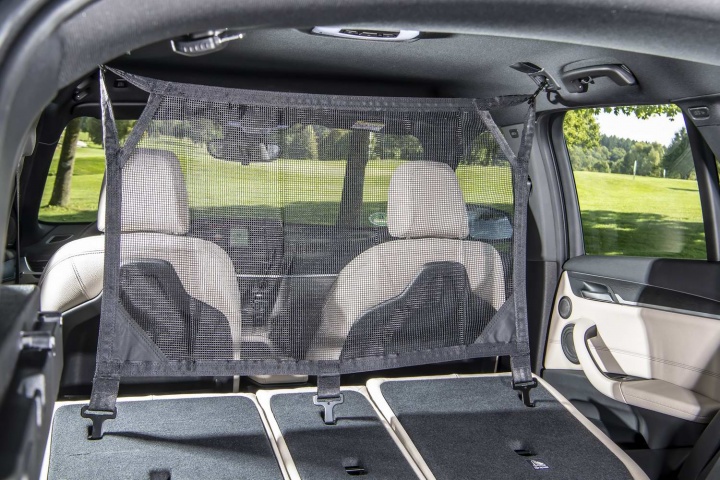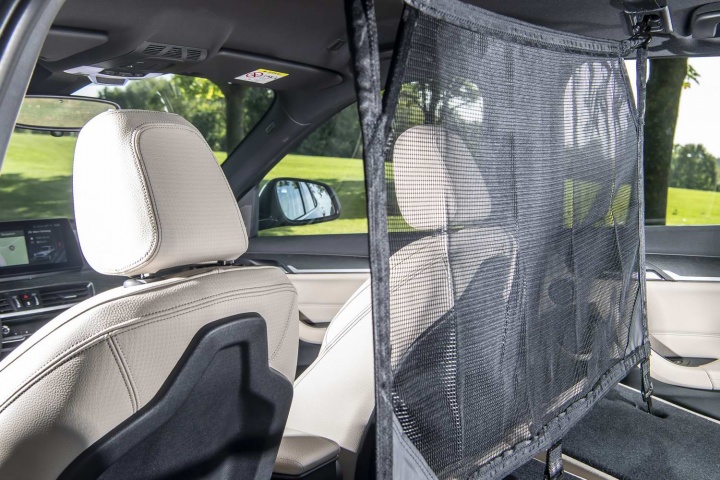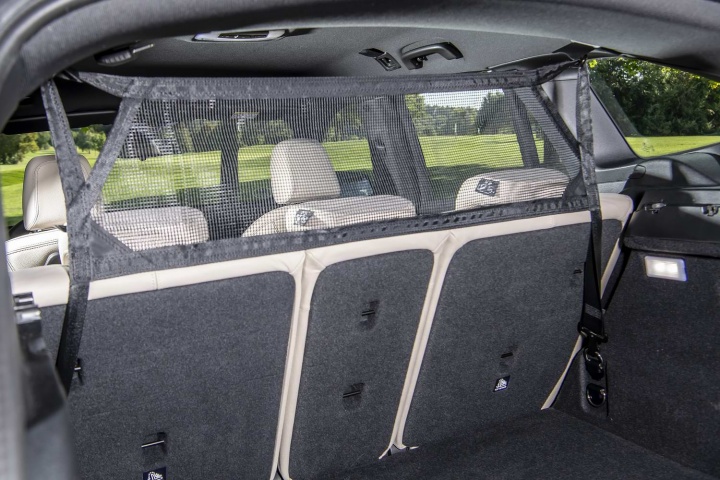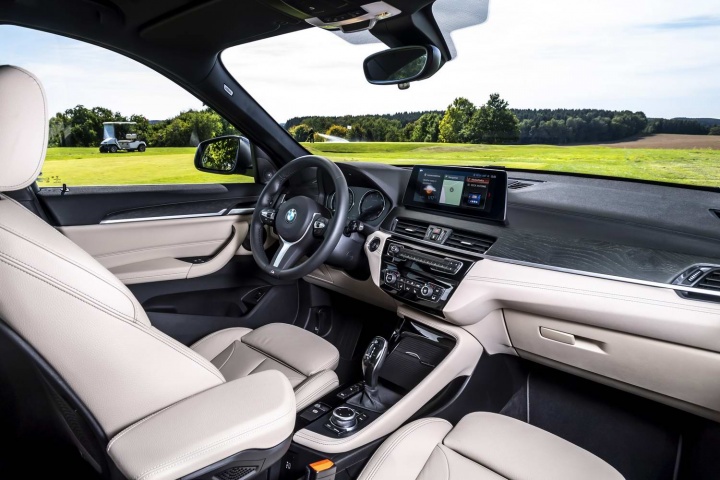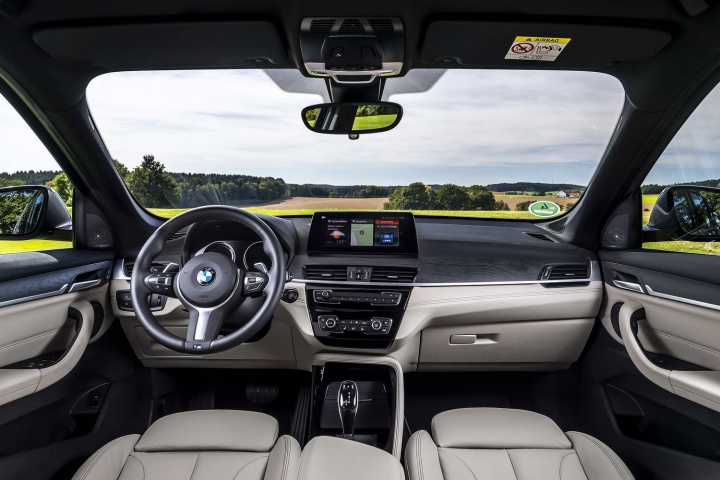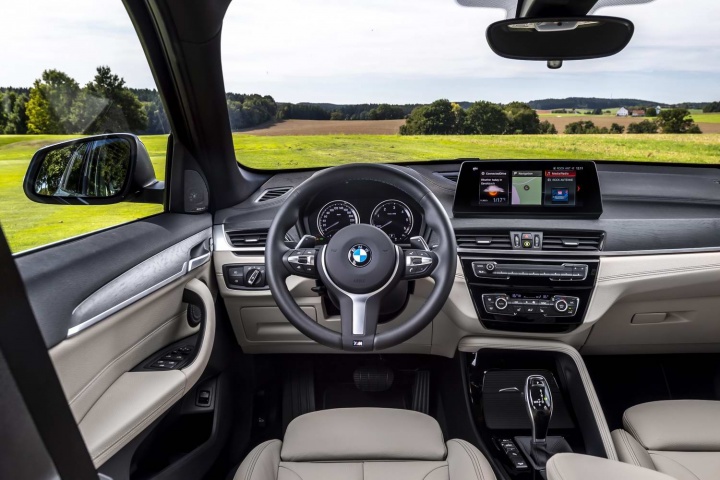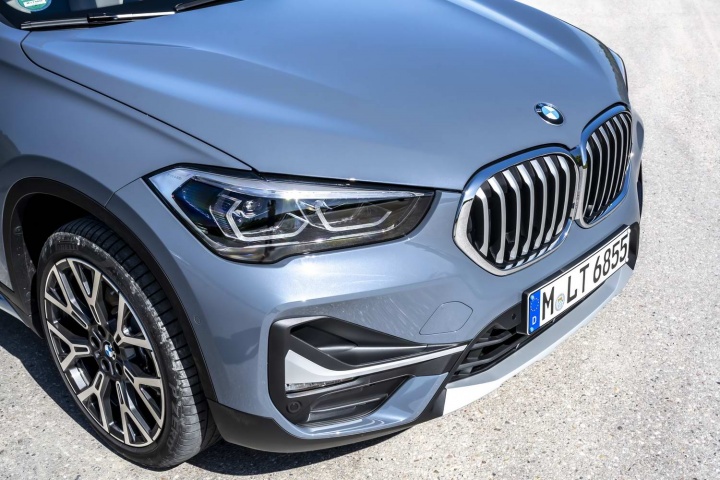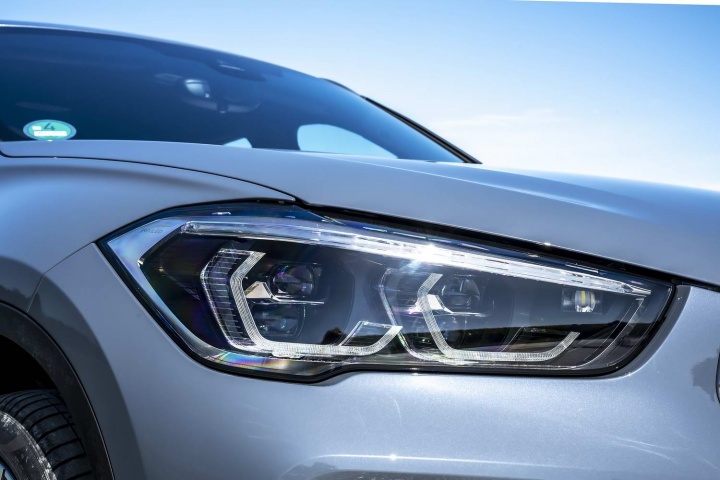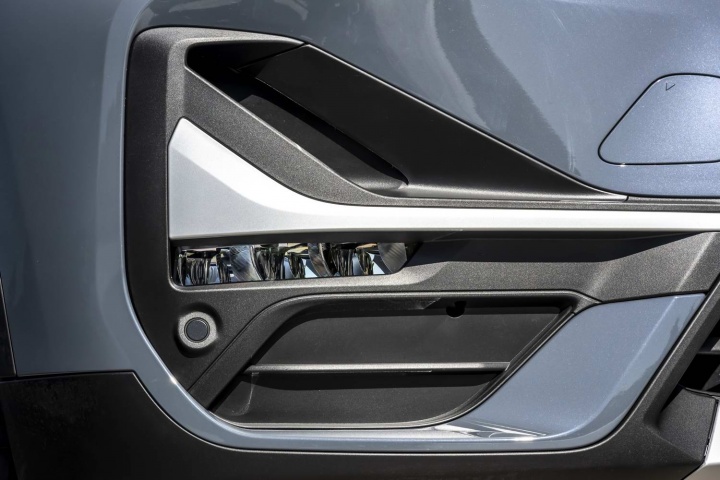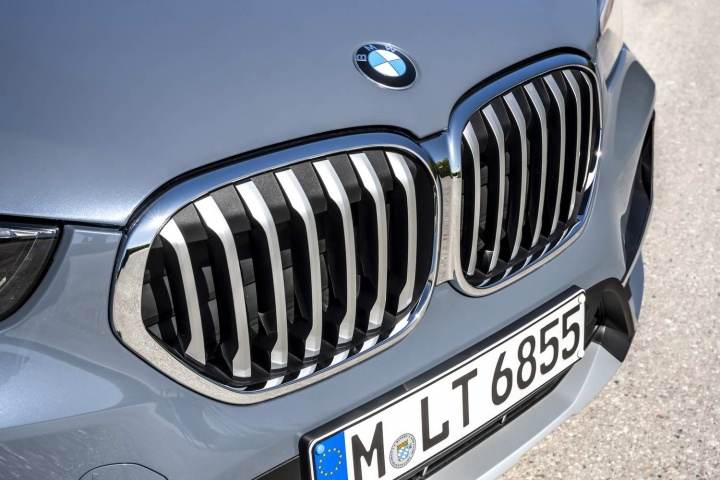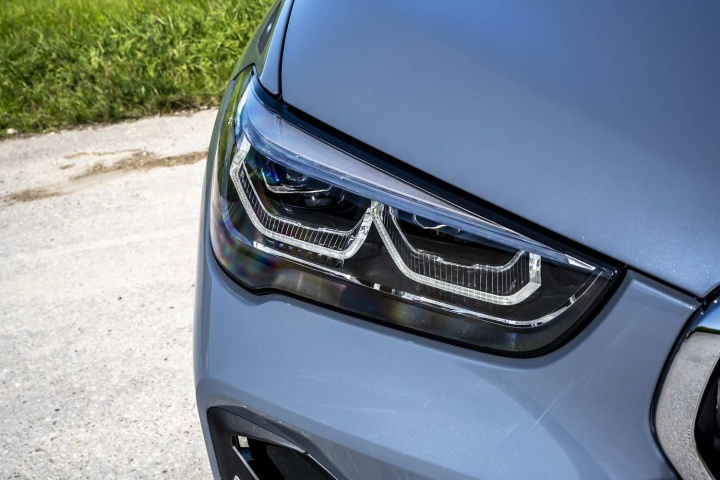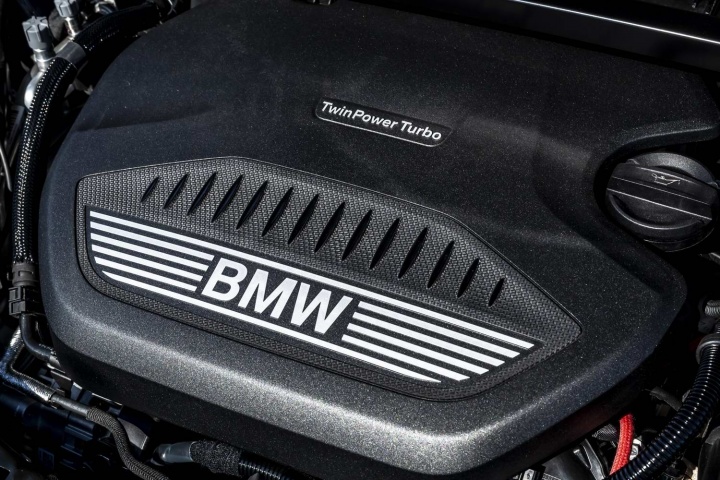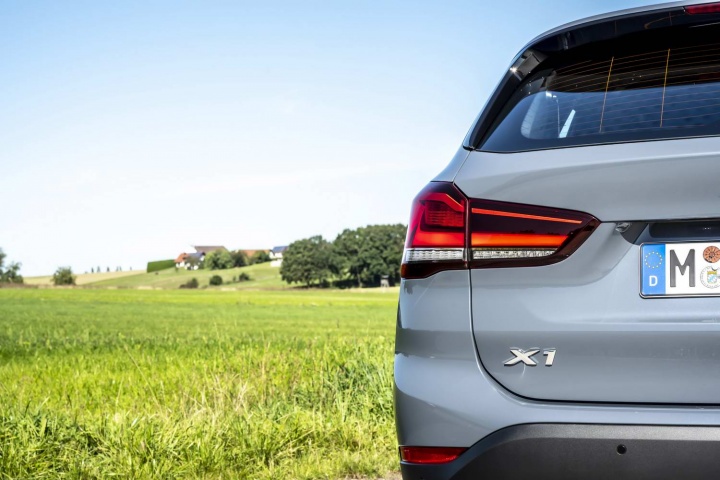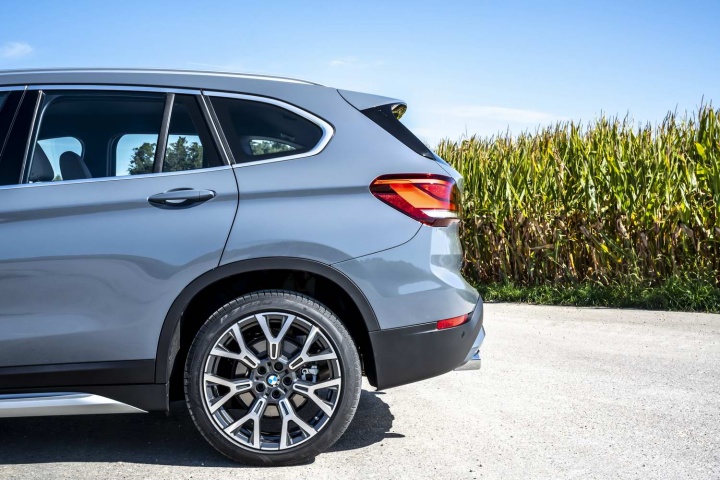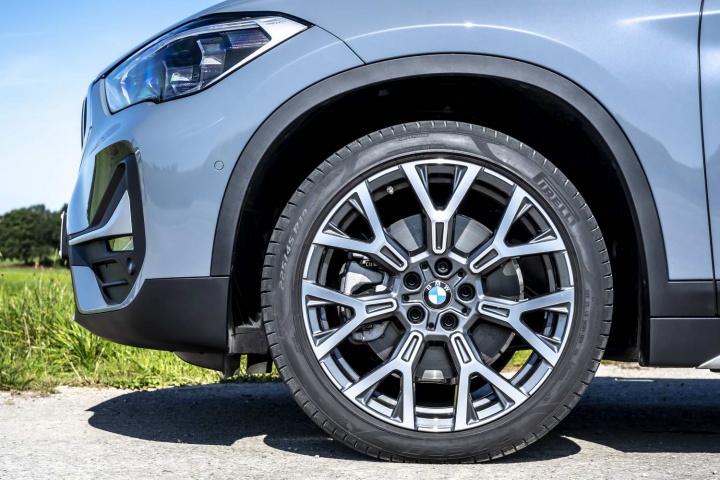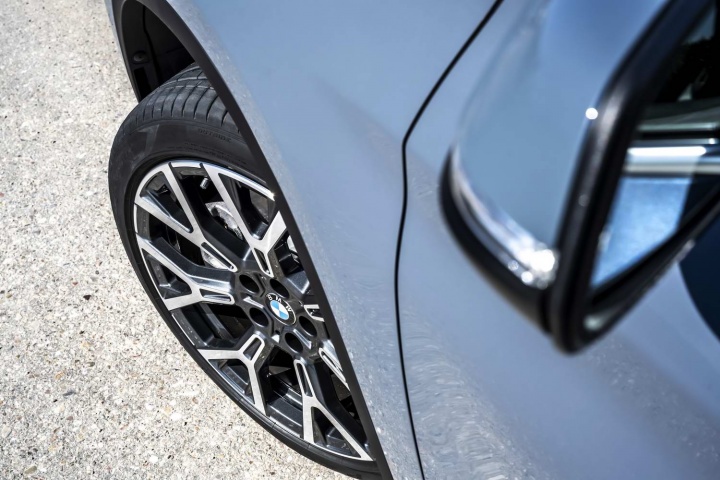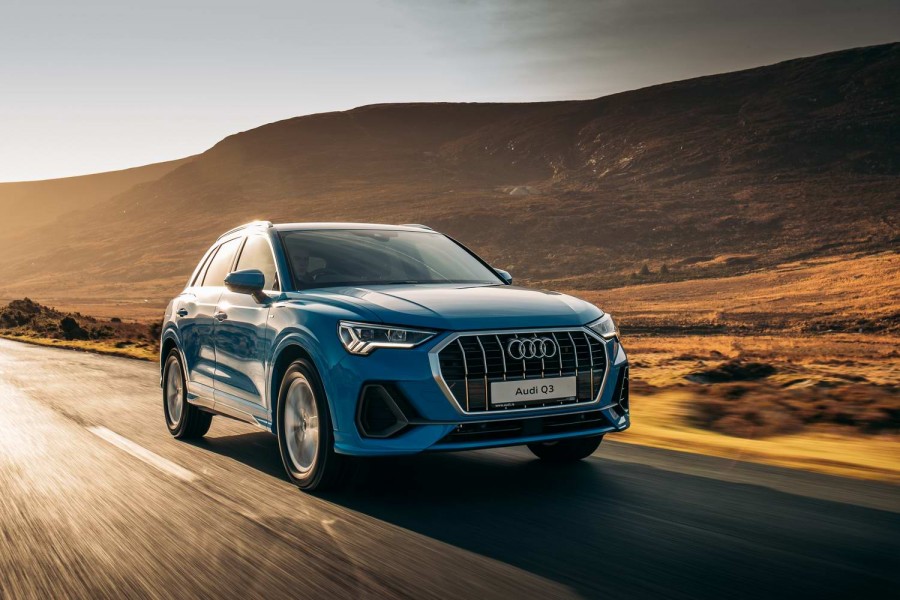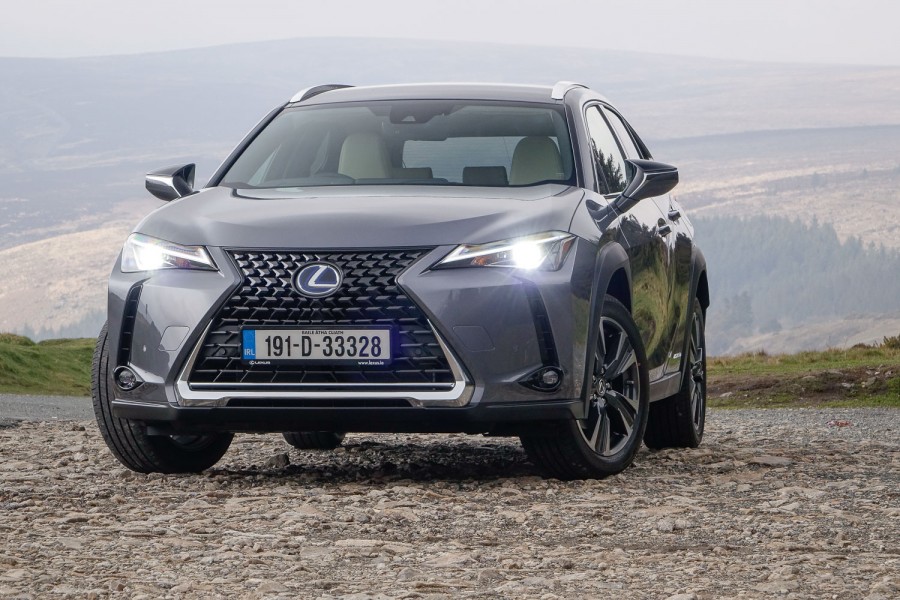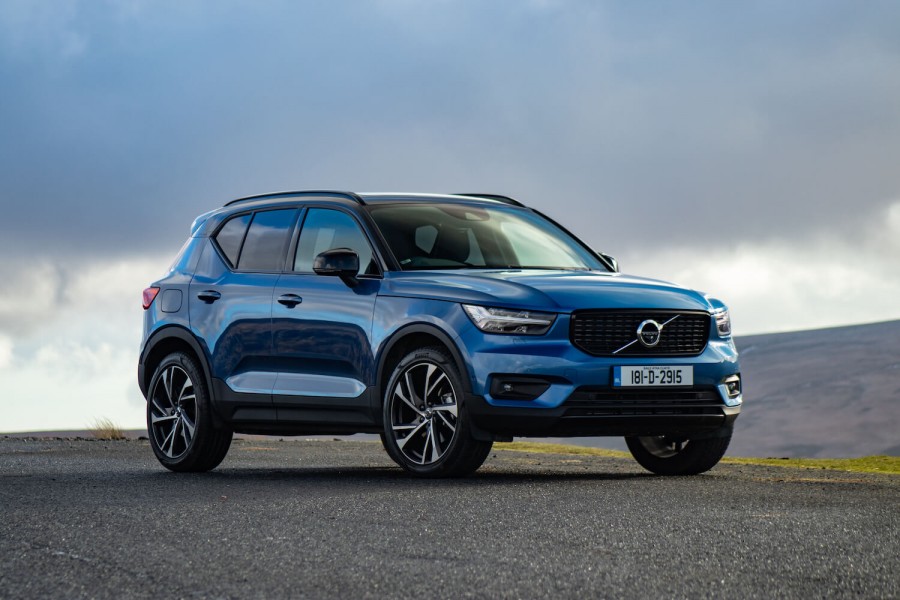BMW has decided that the second-generation X1 didn't need a drastic overhaul. So, slightly smoothed-off exterior looks and a better infotainment system within aside, what you're looking at here is a strong all-rounder of a compact premium crossover - and one that kind of makes you wonder whether you'd ever need a BMW X3 or anything bigger.
In the metal
Aside from the incoming plug-in hybrid electric vehicle (PHEV) version of the current BMW X1 Mk2, the drivetrains for the crossover's refreshed line-up are all carry-over items from the pre-facelift cars. On hand for our test were the most powerful models, in the form of the xDrive25d and xDrive25i twins, both of which have 231hp from turbocharged 2.0-litre four-cylinder 'TwinPower Turbo' engines, with the diesel winning the torque battle (packing a fulsome 450Nm to the 25i's 350Nm), as well as posting better economy figures and almost matching the petrol's performance stats.
Outside, the most obvious changes are to the front end. The kidney grilles are larger and more reminiscent in shape of those found on the related BMW X2. The fog lights, formerly round items that sat almost immediately below the headlights, are now LED strips housed in larger air intakes, which - in turn - have necessitated a new design of bumper. Staying at the nose, the main illumination can now be LED, with the Adaptive 'cross-cut' hexagonal Icon shapes denoting the top-spec lights, while three new body colours and fresh designs of 18- and 19-inch alloy wheel are also offered. More subtle tweaking of the rear-end design (the exhaust pipes, for instance, are enlarged to 90mm-diameter, up from 70mm previously, while the lamps go LED as at the front) couples with a cabin where a black-panel instrument cluster, BMW's latest 10.25-inch touchscreen infotainment, six-colour ambient lighting and three new upholsteries all aim to lift the ambience.
The interior feels of very high quality and the new infotainment really does inject some visual pizzazz to proceedings, but jump from the X1 into, say, an X3 and you'll see the difference in terms of cost-cutting. It's little things like the (admittedly perfectly fine) climate controls on the X1, which are rendered in BMW's traditional 'orange' LCD arrangement; newer, more expensive cars from BMW get light-blue, crisper displays and as such, the X1 is starting to show its age. The black panel display behind the steering wheel is attractive enough, too, although the trend now is for full digital clusters.
And then there's the seating position and space onboard. Again, both are fine; the X1's driving position, relative to the car, is excellent and there's just about enough room in the back to make you think that an X3 would be surplus to requirements for a family of four. Yet the rear-bench room is obviously constricted by the BMW's external dimensions, while the X1 falls into a trap we've noticed in a lot of these smaller crossovers lately - which is this: it doesn't feel appreciably taller to sit in than a comparable hatchback from the same maker; in this case, a BMW 1 Series. Which, to our minds, defeats the point of having a crossover in the first place. As you climb into the X1, you're not aware of stepping up into it, albeit it does have a higher hip point than a 1 Series so ingress/egress is a touch easier, and once you're installed behind the wheel then unless you jack the seat right up into the headlining, you'll feel like you're in a hatchback rather than a mock-SUV. Still, we doubt that'll put eager punters off, as the X1 is BMW's best-selling X product worldwide, and with a whopping 505-litre boot then it's certainly practical enough to function as a useful family conveyance.
Driving it
To drive, it's very, very pleasant, without being outstanding. It has BMW's typically clean and efficient xDrive-blessed handling, which is to say it resists understeer well, offers up tonnes of mechanical grip and has good, solid steering (the weighting veers ever so slightly to the heavy side of things in Sport, but it's not distasteful, so that's a bonus) with an impressive level of body control; you'll notice some lean as you turn in, but not so much that you feel like you're toppling over. Hook it all together and exploit the xDrive25d's robust output figures, and you get a crossover that's remarkably quick and assured across ground. Good engine, too, for a diesel, as it likes to rev and doesn't really become too raucous until you've gone beyond 4,000rpm. Which you never need to.
However, to suggest the X1 is actively rewarding to drive is perhaps pushing things a stretch, while there are plenty of its four-wheel-drive premium rivals that are just as composed in the corners. Luckily, the BMW is pretty damned good at everything else: the eight-speed automatic slushes gearshifts so unobtrusively that it's a wonder there are any cogs in there at all; the ride quality is very good on passive dampers, as fitted to the 25d, and also the two-stage adaptive dampers (which are plush in the extreme in Comfort mode, allowing 19-inch alloys to be carried off with aplomb) that we tried on the 25i; and wind, tyre and engine noise are all mightily subdued, save for the first of these if you venture beyond 180km/h on the Autobahn. Which won't be much of a problem here in Ireland, now will it?
What you get for your money
With the 25d not being confirmed for sale here in Ireland as yet, we ought to be handing out the 'N/A' mark here. But, as even the most base-spec X1 is almost €40,000 before options, and as an xDrive20d xLine Steptronic is €47,407, then it's likely the 25d will be the wrong side of 50 grand before you'd so much as looked at any of the three new colour options of Jucaro Beige, Misano Blue or Storm Bay. BMWs are, at least, no longer sparsely specified as standard, but there are obviously better-value mainstream crossover options than this.
Summary
As we've always said about the second-generation BMW X1 since it arrived in 2015, the difference between this version and its predecessor is absolutely night and day. It now genuinely feels like a quality item throughout and the changes made for the midlife refresh have done nothing to harm the X1's appeal, instead only strengthening it with top-notch infotainment and sharper looks. A 25d like this one punches hard and handles nicely, but it'll be expensive; look at the smaller-engined models, then, for the best of this baby BMW SUV/crossover.

